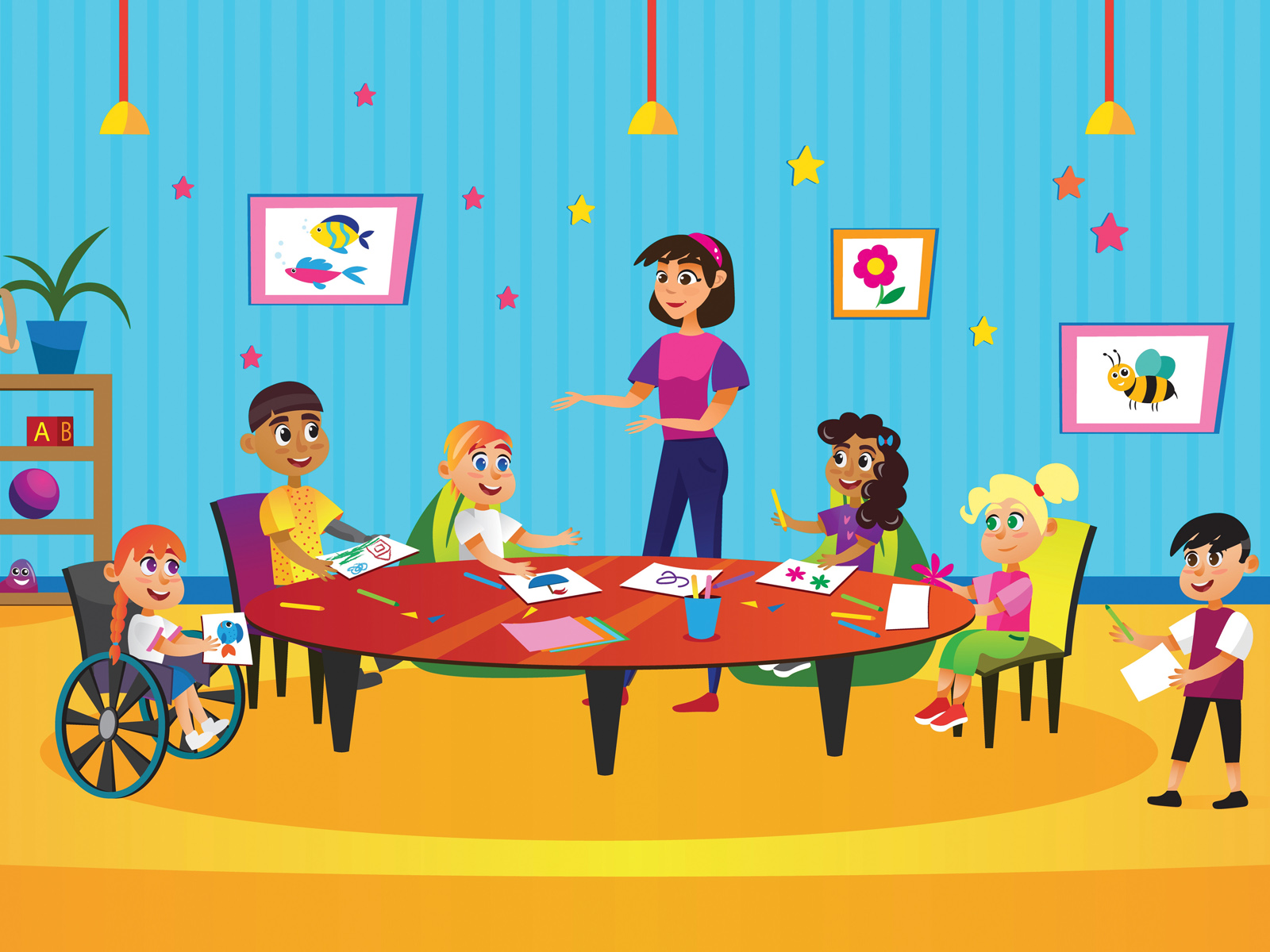Five ways electronic screen time can make kids angry, depressed and unmotivated
By Victoria Dunckley, MD
Children or teens who are “revved up” and prone to rages or—alternatively—who are depressed and apathetic have become disturbingly commonplace. Chronically irritable children are often in a state of abnormally high arousal, and may seem “wired and tired.” That is, they’re agitated but exhausted. Because chronically high arousal levels impact memory and the ability to relate, these kids are also likely to struggle academically and socially.
At some point, a child with these symptoms may be given a mental-health diagnosis such as major depression, bipolar disorder, or ADHD, and offered corresponding treatments, including therapy and medication. But often these treatments don’t work very well, and the downward spiral continues.
What’s happening?
Both parents and clinicians may be “barking up the wrong tree.” That is, they’re trying to treat what looks like a textbook case of mental disorder, but failing to rule out and address the most common environmental cause of such symptoms—everyday use of electronics. Time and again, I’ve realized that regardless of whether there exists any “true” underlying diagnoses, successfully treating a child with mood dysregulation today requires methodically eliminating all electronics use for several weeks—an “electronics fast”—to allow the nervous system to “reset.”
If done correctly, this intervention can produce deeper sleep, a brighter and more even mood, better focus and organization, and an increase in physical activity. The ability to tolerate stress improves, so meltdowns diminish in both frequency and severity. The child begins to enjoy the things they used to, is more drawn to nature, and imaginary or creative play returns. In teens and young adults, an increase in self-directed behavior is observed—the exact opposite of apathy and hopelessness.

It’s a beautiful thing. At the same time, the electronic fast reduces or eliminates the need for medication while rendering other treatments more effective. Improved sleep, more exercise, and more face-to-face contact with others compound the benefits—an upward spiral! After the fast, once the brain is reset, the parent can carefully determine how much if any electronics use the child can tolerate without symptoms returning. Restricting electronics may not solve everything, but it’s often the missing link in treatment when kids are stuck.
But why is the electronic fast intervention so effective? Because it reverses much of the physiological dysfunction produced by daily screen time. Children’s brains are much more sensitive to electronics use than most of us realize. In fact, contrary to popular belief, it doesn’t take much electronic stimulation to throw a sensitive and still-developing brain off track. Also, many parents mistakenly believe that interactive screen-time—Internet or social media use, texting, emailing, and gaming—isn’t harmful, especially compared to passive screen time like watching TV. In fact, interactive screen time is more likely to cause sleep, mood, and cognitive issues, because it’s more likely to cause hyperarousal and compulsive use.
Here’s a look at six physiological mechanisms that explain electronics’ tendency to produce mood disturbance:
1. Screen time disrupts sleep and desynchronizes the body clock.
Because light from screen devices mimics daytime, it suppresses melatonin, a sleep signal released by darkness. Just minutes of screen stimulation can delay melatonin release by several hours and desynchronize the body clock. Once the body clock is disrupted, all sorts of other unhealthy reactions occur, such as hormone imbalance and brain inflammation. Plus, high arousal doesn’t permit deep sleep, and deep sleep is how we heal.
2. Screen time desensitizes the brain’s reward system.
Many children are “hooked” on electronics, and in fact gaming releases so much dopamine—the “feel-good” chemical—that on a brain scan it looks the same as cocaine use. But when reward pathways are overused, they become less sensitive, and more and more stimulation is needed to experience pleasure. Meanwhile, dopamine is also critical for focus and motivation, so needless to say, even small changes in dopamine sensitivity can wreak havoc on how well a child feels and functions.

3. Screen time produces “light-at-night.”
Blue light is high energy visible light that we can see from TVs, computers, smartphones and tablets. Light-at-night from electronics has been linked to depression and even suicide risk in numerous studies. In fact, animal studies show that exposure to screen-based light before or during sleep causes depression, even when the animal isn’t looking at the screen. Sometimes parents are reluctant to restrict electronics use in a child’s bedroom because they worry the child will enter a state of despair—but in fact removing light-at-night is protective.
4. Screen time induces stress reactions.
Both acute stress (fight-or-flight) and chronic stress produce changes in brain chemistry and hormones that can increase irritability. Indeed, cortisol, the chronic stress hormone, seems to be both a cause and an effect of depression—creating a vicious cycle. Additionally, both hyperarousal and addiction pathways suppress the brain’s frontal lobe, the area where mood regulation actually takes place.
5. Screen time overloads the sensory system, fractures attention, and depletes mental reserves.
Experts say that what’s often behind explosive and aggressive behavior is poor focus. When attention suffers, so does the ability to process one’s internal and external environment, so little demands become big ones. By depleting mental energy with high visual and cognitive input, screen time contributes to low reserves. One way to temporarily “boost” depleted reserves is to become angry, so meltdowns actually become a coping mechanism.
Victoria Dunckley, MD, integrative child psychiatrist, screen-time expert, and author of Reset Your Child’s Brain.
Did you know?
Teenage boys spend an average of 8 hours a day on screens.
–Childwise
Kids spend as long playing on screens as they do playing outside each day.
–Percil
25 per cent of kids think video games are exercise.
–Youth Sport Trust
23% of kids have missed sleep and felt tired because they spent too much time on a connected device.
–Childwise
Kids learn screen time habits from both their parents and their caregivers..
–Paediatrics Magazine
Children who spend less time with screens do better in school, sleep longer, fall asleep faster and eat healthier.
–CCFC
Children under two have a screen time average of 53 minutes per day. This increases to almost two and a half hours per day among two to four year old and almost three hours for kids in the five to eight year old range.
–Common Sense Media














